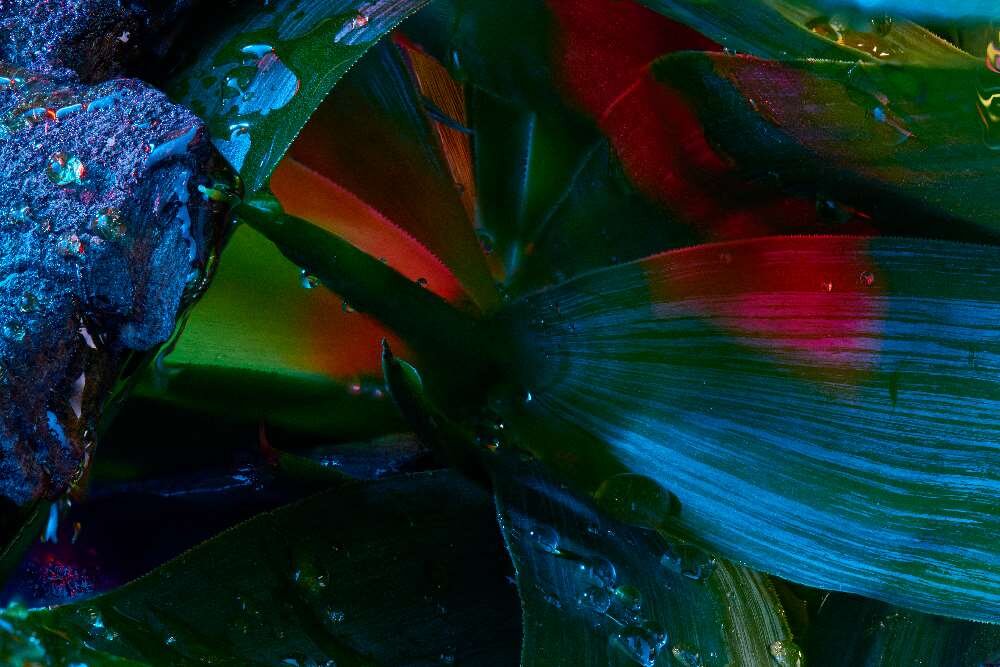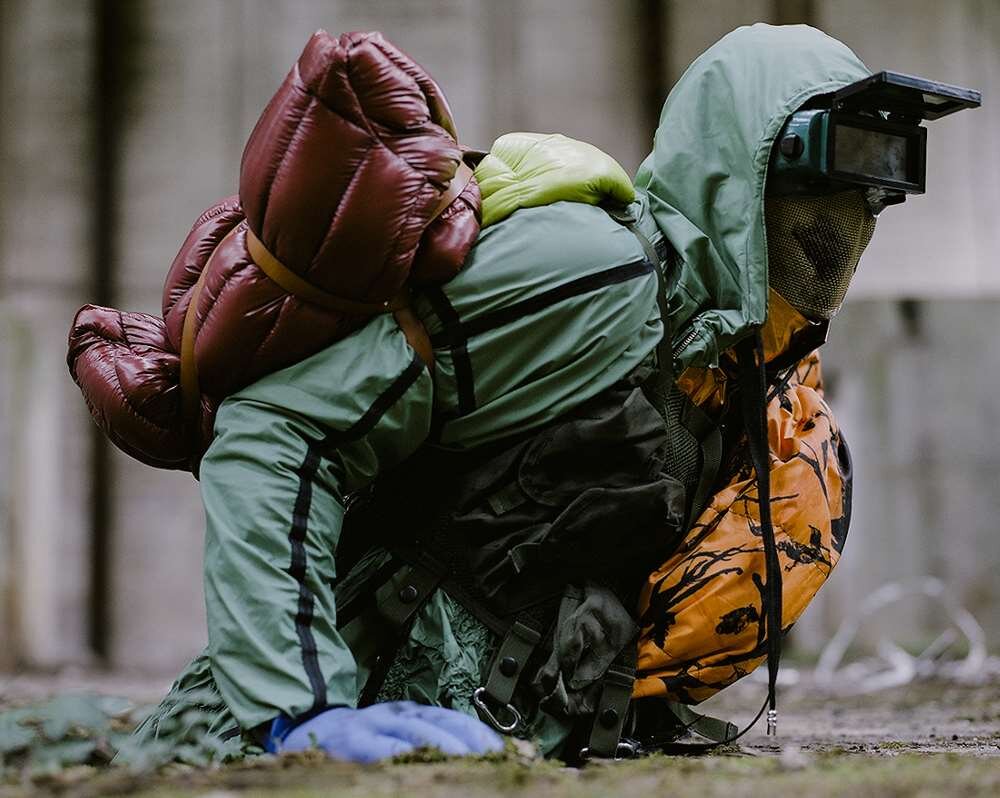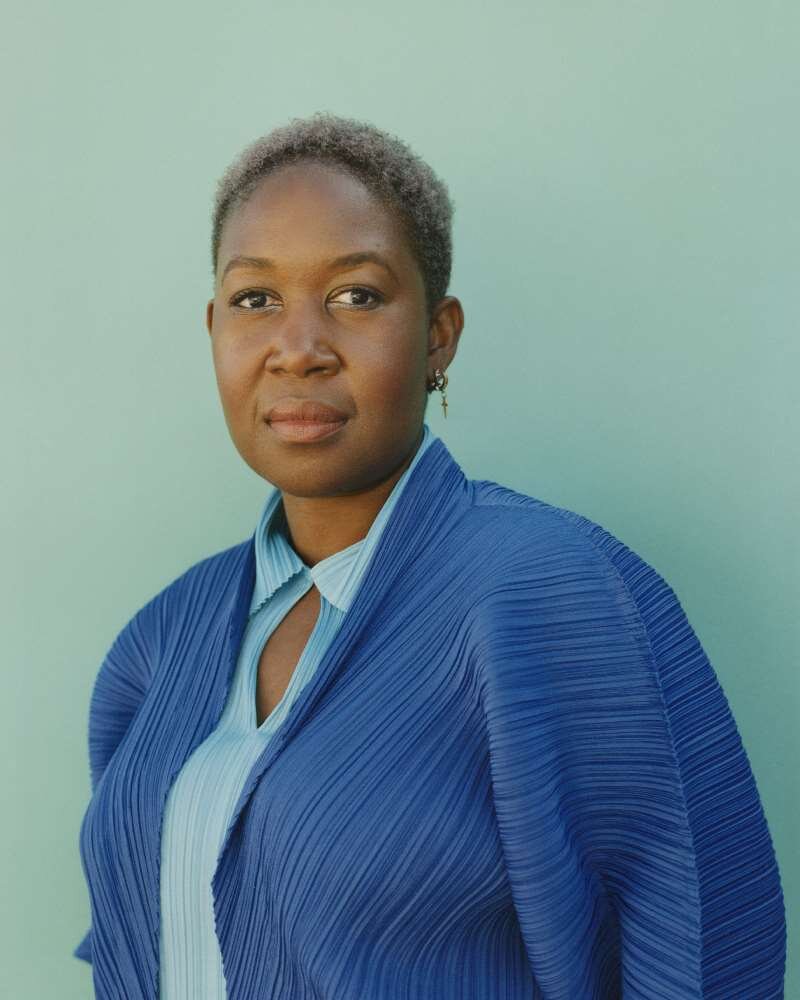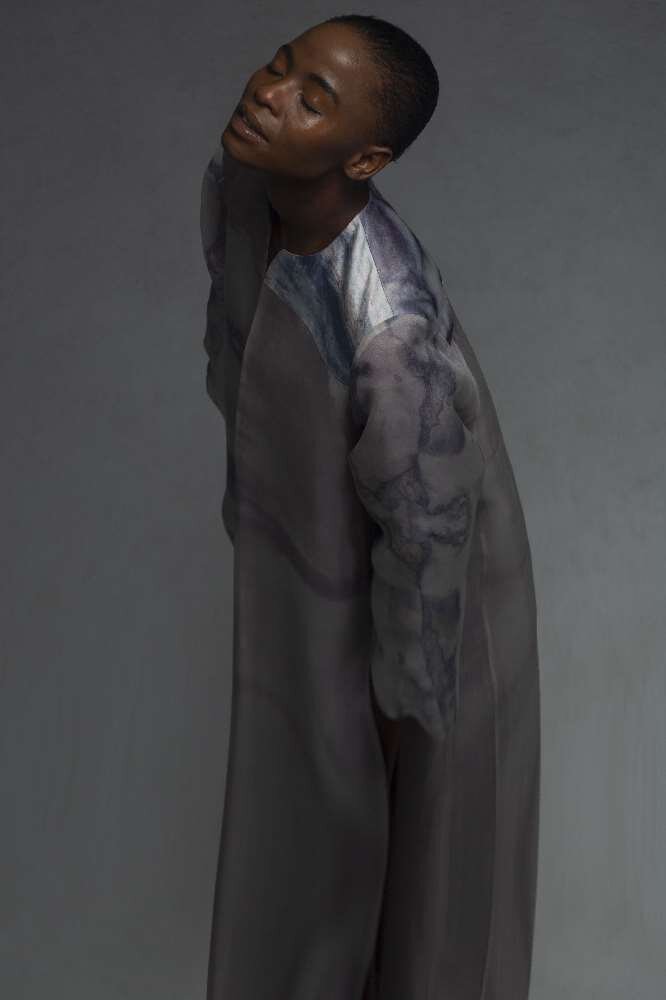Design Indaba: The Zimbabwean bio-designer on creating textiles with nature at their heart
“Fashion doesn't have a future. The business model is completely broken and imploding before our eyes. They're going to have to find a new way of doing things. Technology can play a role but it’s a question of having enough people at an executive level who want to take action.” Speaking with a frankness matched only by the precision with which she chooses her words, Natsai Audrey Chieza is talking to us at Design Indaba 2020 about her pioneering research.
The London-based bio-designer graduated in architecture from the University of Edinburgh before completing a masters in Materials Futures at London’s Central Saint Martins, which was the foundation for her multidisciplinary company Faber Futures. Sitting at the crossroads of design, biology, technology and society, Faber Futures focuses on projects that are ecologically driven and truly innovative. “The work that we're doing is the future and I'm not saying that to be obnoxious,” she says with a laugh. “I'm saying that because by the time that this scales, we have a lot of work to do.”
Chieza is referring to her revolutionary fabric dye that uses streptomyces - a strain of bacteria found in the soil that produces a pigment molecule, which ranges in colour from blue through to pink depending on the acidity of its environment. “It was revelatory when I realised I could use 20ml of water to dye a piece of fabric where ordinarily I would have used 100 litres. That's where I had an ‘Ah ha’ moment and orientated the thinking around developing as an alternative mode of production to what the clothing industry has given us.”
“The work that we're doing is the future”
Fashion is the world’s second most polluting industry and it’s in the finishing of textiles where much of the damage is done, whether through use of harmful chemicals or reliance on huge amounts of water. Meanwhile Chieza’s approach is not only sustainable but very beautiful, too. Although a living system, it’s possible to control the dye through textile preparation methods, from folding and twisting to spraying and stamping, to create a pattern, solid colour or graphic print.
The main problem that the lab faces is getting the world to catch up. “The fashion industry is not yet at the point where it wants to engage in rebuilding the system. It just wants to work with the same value drivers that it always has done. This is very expensive work so you have to pay for it.”
One of Chieza’s own value drivers is the importance of collaboration and the power of expertise, bringing such diverse talents as tailors and scientists on board to fully develop ideas in the Faber Futures lab. Last year Cooper Hewitt Museum in New York commissioned and acquired a kimono-inspired silk coat that showcased her dye protocols, while her work has also been exhibited across the world from the Victoria & Albert Museum to the Pompidou Centre and Harvard Art Museums. But Chieza is insistent that this quiet revolution isn’t consigned to display cabinets. “Yes, the work is exhibited widely in institutions and I think that is the space for storytelling, but I don't think that what we're doing is relegated necessarily to an art-based practice - it has real industry application.”






